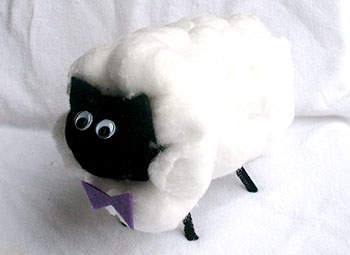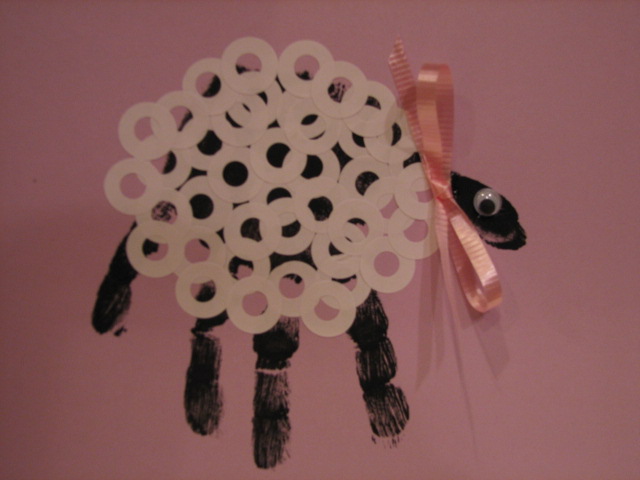Expressing themselves through arts and crafts is not just fun for toddlers. It’s also an important part of their mental and emotional development.
Â
In this article we will look at some generally good ideas when it comes to art and craft activities for toddlers. Then we will share some great art and craft projects.
Â
Some tips: Art and craft activities for toddlers
Â
•These activities are inherently messy and they should be. I prefer to take things outside where I can use the water hose to clean afterwards. On a rainy day spread out some news papers for your toddler to work on. With some paints, if you mix a little dish washing liquid in there, it comes out easier.
Â
•Especially with younger toddlers, keep the craft projects simple. If things get too complicated it will only frustrate your toddler.
Â
•If your toddler has problems holding crayons, because they are too small. Try taping 3 crayons together or buy some larger crayons.
Â
•Try to keep in mind that it’s the process that is important more than the end result, when it comes to toddler art projects.
Â
•Toddlers tend to like to taste things, so everything you use has to be non-toxic, the glue, paint, clay and so on.
Â
•Your toddler may have different ideas on what to do than you have. Feel free to make suggestions, but don’t try to make them do things ‘your way’. The whole exercise is about letting them be creative. Sitting down and talking with them about what they are doing is a good idea. Expressing their goals in words is a positive exercise for them.
Â
•You can use empty yogurt containers to mix paint in, when you are done just toss them away.
Â
Â
Painting
Â
Toddlers love to paint with brushes, but you should have them try different tools like their fingers, an old toothbrush or rollers to get the creativity going.
Â
It’s fun to add mixes to paint to give it some texture try sawdust, soap flakes, flour sand and cornstarch. Also try painting on different mediums like wood, paper plates or fabric.
Â
Â
Dough Art
Â
1 cup flour
1/2 cup salt
Food coloring (optional)
1/2 cup hot tap water
Put the flower and salt in a bowl, add the water and then let your toddler knead the mix for 5 minutes. Then you add your food coloring. You can keep the mix in the fridge for up to a week.
Â
The dough is great for making any kind of figures. After you are done, air dry them for 5 days. At this point you can paint them, if you want to.
Â
Â
Â
Making Prints
Â
Making prints are easy and good fun. They just take the shapes, dip them in paint and push them down on the paper.
Â
There are a number of things you can use to make the shapes for instance wine corks, shapes cut from potatoes, building blocks, paper cups and cookie cutters.
Â
Â
Paper Face Masks
Â
Scissors
Paper plates
Paint
String
Â
What you do is to cut the paper plate in two, down the middle. Each part is a mask. Cut eyes into each one. Then help your toddler to decorate the mask using paint or magic markers. When it’s dried use a hole puncher to make holes on both sides of the mask. Then use string to finish the mask. If your toddler likes animals, you can add ears made of construction paper or whiskers from pipe cleaners to it.
Â
Popsicle Sticks
Â
If you have a couple of kids you know there are always some popsicle sticks lying around. Collect them for a few weeks. Let your toddler color them with water washable magic markers. Then glue them together into a picture frame. Glue one of your toddlers paintings or a picture into the frame. Tie a piece of string along the back of the frame. Then it’s ready to hang in your toddler’s room.











 Photo Inventory
Photo Inventory Double-duty Tote
Double-duty Tote  Self-service
Self-service Fun Form Letters
Fun Form Letters Hidden Notes
Hidden Notes Postcard Kit
Postcard Kit Good-night Message
Good-night Message  Homesickness Kit
Homesickness Kit Pillowcase Pals
Pillowcase Pals